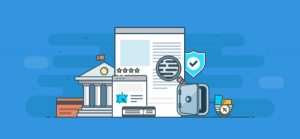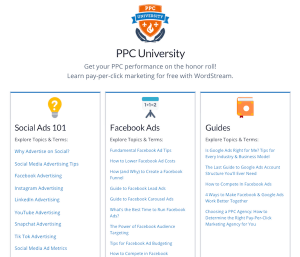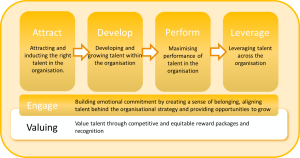As a small business owner, among your daily priorities, running an employee learning program is not high on the list. However, as the talent pool and customer base surrounding the small business world becomes increasingly global, the lack of actionable knowledge on topics such as diversity, leadership and disability awareness is becoming a bigger pain point for small businesses.
As the old saying goes, good help is hard to find. In order for your small business to remain competitive and innovative, you must invest in the development of your employees – not only to improve bottom line business drivers like sales and customer service, but to grow and retain your top performers.
You may fear that you don’t have the resources for a formal learning and development program. However, doing nothing is not the answer. Natural learning opportunities are abundant in small business environments – here are 5 ways to easily improve employee engagement and your bottom line by building learning into your everyday workflow:
1. For more sustainable and relevant learning, strike the balance between integrating employee-driven, or “user generated,” content and existing content. Leverage learning content created by professionals – it’s more available than you may realize.
2. Everyday inefficiencies are learning opportunities in disguise. Create learning content that is centered on realistic problems that impact your bottom line. While you are busy running your business, your employees can suggest new learning ideas, based on what they are seeing on the ground.
3. Encourage employees to design and share their own learning topics. It’s true that employees respond better to battles fought and lessons learned by their peers, rather than from management. They are more receptive to one another than instructor-led training, often inapplicable online courses, static webinars and impersonal conferences.
4. The fact is that learning and development is impossible without employee engagement. As a small business owner, ask yourself: “How do I engage my employees so that they want to learn?” Be transparent about the vision and goals for your small business, so that your teams will not only know what they are doing, but why they are doing it.
5. Select nimble and agile software that fits into your daily routine. Many of the popular learning management systems (LMS) that are used throughout corporate America are bloated, clunky and cumbersome. Don’t feel overwhelmed or outpriced for one of these LMSs, because they typically have way more bells and whistles than a small business needs. Instead, explore some of the new solutions on the market today that are better aligned with how your employees actually work today, vs. 15 – 20 years ago.
As with everything on the small business journey, you will still have to overcome some roadblocks along the way when incorporating employee learning. Your employees are now in the driver’s seat of your learning process – it’s critical to proactively source and integrate feedback from all of your employees.
The payoff from learning and development for a small business can be huge, in terms of both attracting and retaining top talent, and seeing increased performance across the board. By taking these five keys into account, your small business can consistently capitalize on employee knowledge in both the short and long term.
(115)






